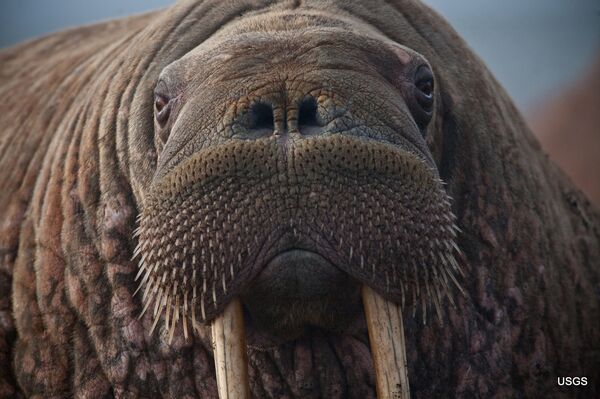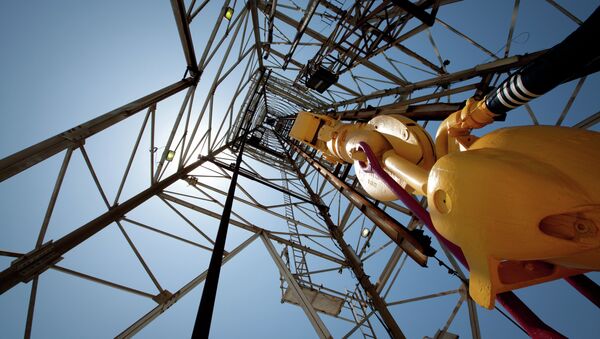A statement from the Interior Ministry called the draft plan, unveiled Tuesday, a “balanced approach” which would open up nearly 80% of the “technically recoverable resources.”
“The safe and responsible development of our nation’s domestic energy resources is a key part of the President’s efforts to support American jobs and reduce our dependence on foreign oil,” said Secretary of the Interior Sally Jewell.
The 2017-2022 plan will continue what the ministry calls “regionally tailored leasing strategies” and identifies 14 such lease sales.
One lease, the first in the Atlantic ocean, would feature a 50-mile buffer zone and run from Virginia to Georgia. The three lease sales in Alaska are for the Chukchi Sea, Beaufort Sea, and Cook Inlet areas. And the greatest part of the sales, ten in total, fall within the Gulf of Mexico.
“Still a Bad Idea”
While the current Virginia governor, Democrat Terry McAuliffe, supports oil and gas exploration off the coast of his state, officials from neighboring states expressed their concern about the drilling.
"It's not worth the risks," said Ben Cardin, a Democratic Senator from Maryland during a press conference held along with Democratic senators from New Jersey and Massachusetts.
"My concern is that you could have a spill from a site that's not off the Maryland coast but that could impact the Maryland coast."
— Cory Booker (@CoryBooker) January 27, 2015
The Obama administration had floated a previous plan that would have allowed drilling off the Virginia coast in early 2010, but after the Deepwater Horizon spill in April, that plan was shelved.
“It was a bad idea then and is still a bad idea now,” said New Jersey Senator Cory Booker, in a joint statement with Sen. Robert Menendez and Rep. Frank Pallone.
“An oil spill in the Atlantic Ocean would not occur in isolation. A spill anywhere along the Atlantic coast would cause severe environmental damage to beaches, fisheries, and marine life throughout the Eastern Seaboard, while also seriously threatening the ocean-based economies that rely on them.”
The Atlantic coast contains an estimated 3.3 billion barrels of recoverable oil and 31.3 trillion cubic feet of natural gas, according to the Bureau of Ocean Energy Management, Regulation and Enforcement.
Arctic Plans Please No One
As a counterpoint to the new leases, 9.8 million acres in parts of the Chukchi and Beaufort seas off the Alaskan coast will be protected from oil and gas exploration.
“We know the Arctic is an incredibly unique environment,” said Jewell, adding that “the president is taking thoughtful action to protect areas that are critical to the needs of Alaska Natives and wildlife.”
The areas include “Alaskan coastal buffer and subsistence areas that have previously been excluded from leasing plans under both Democratic and Republican Administrations – as well as some critical additional areas like the biologically rich Hanna Shoal,” the White House said in a statement.

While the protection of the designated regions in the Arctic was “a first step,” according to a statement from Oceana, an international ocean conservation organization, there is plenty to be worried about.
“The Arctic Ocean is the worst possible place we could allow drilling” said Jacqueline Savitz, Oceana’s U.S. Vice-President, in her statement. “Companies are not ready to operate safely, have not explored the leases they already own, and many have walked away from leases they bought over the last decade.”
Meanwhile, the move stoked the anger of pro-development lawmakers in Alaska and others on the right, who were already upset at the White House’s announcement the previous weekend to set aside more than 12 million acres of the Arctic National Wildlife Refuge as protected wilderness.
“This outrageous action confirms what most Alaskans have feared – that the Obama administration’s war against Alaska families and the middle class would only intensify under the final two years of President Obama’s tenure,” said Republican senator Lisa Murkowski in a response to the refuge wilderness announcement.
— Feisty☀️Floridian (@peddoc63) January 27, 2015
Deepwater Horizon Waiting to Happen?
“The draft proposal prioritizes development in the Gulf of Mexico, which is rich in resources and has well-established infrastructure to support offshore oil and gas programs,” said Jewell of the ten new leases in the gulf, traditionally the center of U.S. offshore production.
The Gulf of Mexico, however, is exactly what critics point to when they warn of the potential risks of new rigs. The Deepwater Horizon disaster off the coast of Louisiana left 11 dead and spilled almost 5 million barrels oil into the ocean.

"As we saw after the disaster in the Gulf of Mexico, when oil starts to leak it knows no boundaries," Maryland’s other Democratic senator, Barbara A. Mikulski pointed out.
In a statement, the Independent Petroleum Association of America called the new leases “steps in the right direction” but urged the administration “to keep all offshore areas available to exploration.”


